Many photographers know the famous Ricoh GR lineup. Unsurprisingly, it is a widely loved and appreciated series of APS-C fixed-lens compact cameras. But it is not alone in this space. Many Fujifilm users know the X70 well, but is it still a good choice today, nearly seven years after its release?
Does It Even Need a Comparison?
There is no other camera to compare the Fujifilm X70 to apart from the GR series. So, one could think that is all you might want to do when you’re trying to introduce the camera to more people, since the Ricohs are clearly the popular kids on the block in this regard. But that would be a disservice to the X70 since it is truly unique in its own right, so I’ll get the similarities out of the way right at the start.
Both the Fujifilm X70 and the Ricoh GR III feature an APS-C sensor with a small and lightweight body. Neither of the cameras has a viewfinder unless you attach a simple analog one to the hot shoe. Both cameras have a fixed lens with a focal length of a little over 18 millimeters, resulting in a full frame equivalent of roughly 27mm. The only exception is the newer GR IIIx featuring a slightly tighter 27mm lens (41mm full-frame equivalent). All of these cameras have a maximum aperture of f/2.8, and they all feature a very silent leaf shutter. Image quality is wonderful out of all of these, but this is pretty much where the similarities end. I’ll try to avoid comparisons from now on but expect a few more along the way.

Let’s Start With the Design First
The Fujifilm X70 has a small and lightweight metal body ideal for being used as your everyday camera. It fits into your pocket with no issues as well as its weight of 340 grams is barely noticeable. The lens does not come out of the camera once activated, as it does with the GR. The lens is extended at all times, which does make it about a centimeter thicker than the GR III, but it is still very manageable.
The camera looks modern but vintage at the same time, mainly thanks to the analog dials dedicated to adjusting your exposure. The thin aperture ring surrounding the lens has two tabs for you to hold onto to change your aperture value, just like the Fujifilm X100 series cameras have. The top plate holds a shutter speed dial as well as an exposure compensation dial. The controls are pretty much identical to most Fujifilm cameras. The only issue I have with the top plate is the red color on the record button. The button can be mapped to multiple different functions, so why label it in such an aggressive color that just stands out unnecessarily? I can’t think of anyone who has bought this camera for its stellar video features, mainly for the lack thereof.
The biggest advantage over the GR III is decorating the back of the camera. A large tilting screen allows for tilting 45 degrees downwards and even 180 degrees up or forward. It is a perfect screen for shooting from the hip with your thumb resting comfortably on the shutter button. The rubber grips on the front and back of the camera help with this way of shooting tremendously. The screen is not too bad in brightly lit environments as long as it's clean. The last bonus of the screen is the touch feature, allowing for quick focus point changes.

What’s Inside?
The most important feature of the camera is its sensor. The APS-C sensor in the Fujifilm X70 is the second generation X-Trans CMOS found in the likes of Fujifilm X-T1, or the Fujifilm X-T10. It offers 16 megapixels of resolution and a maximum native ISO of 6400. It is not the most advanced image sensor you’ve ever seen, certainly not by today's standards. But the photographs it delivers are truly beautiful. Thanks to the X-Trans matrix, the processor, and Fujifilm’s “magic,” it gives us beautiful, organic-looking photos. When shot in monochrome, the higher ISO values give us artifacts that more resemble grain instead of your traditional digital noise.
The amount of detail captured is nowhere near what most cameras today can achieve. But the images are still lovely and a joy to edit, print, and look at. The dynamic range is sufficient for most uses and the Classic Chrome film simulation is beautiful for those everyday images of family trips, holidays, and/or street captures.
'It’s Not Just a Phase!'
The X-Trans II sensor was the first one to bring on-sensor phase detection autofocus to Fujifilm cameras. And while it has helped considerably, especially compared to the likes of X-Pro1 and X100S which only used contrast detection, the X70 is by no means a fast-focusing camera. Especially once you move your focus point away from the center area of the sensor. If the conditions are right and the light is bright enough, the camera can snap into focus fast and lock on. But once it's a bit dim, it can take a second. The GR has an advantage in this regard with its snap focus feature. That being said, I’ve just learned to work around the limitations of the autofocus and know what I can expect it to do.

Dead in a Second
The battery Fujifilm has decided to use in the X70 is the tiny NP-95. If I can squeeze a little over 300 images out of it, I’m proud of myself. The battery life is truly disappointing and one of the main reasons I choose to carry my X-T5 with me at all times instead of the X70, even though I have a spare battery. The only redeeming feature is the ability to charge the battery internally, even though the USB is still the older Micro-B instead of a current Type-C.
What I Like About the Camera
First and foremost, it has to be the ergonomics and the physical controls. That, combined with the brilliantly hinged tilt-screen, makes the camera fun to use even in full manual. The image sensor delivers truly beautiful files even today. Yes, it is grainy at high ISO values, but that was never something I cared about much as long as the grain is pleasing, which, in the case of any X-Trans camera, it is.
The option to map multiple buttons to your liking is definitely nice to be able to do, especially on such a small body. That segued nicely to the next favorite feature of the camera: the compact dimensions. Last but definitely not least is the 18.5mm f/2.8 lens. Of course, I’d prefer f/2 as the X100 cameras get, but that would be at the expense of size, and f/2.8 gets us decent depth of field up close with the APS-C sensor. I even enjoy using it for product shots in many of my written reviews.
What I Dislike About the Camera
As I’ve already mentioned, the battery life is far from decent. I have to charge it pretty much daily to not be scared of running out during my regular photo walks. If we ever get an X80 from Fujifilm, I beg them to at least use the larger NP-W126S. And if we do get an X80, it would be amazing to get at least the X-Trans 4 if not X-Trans 5 HR with the fifth-generation processor. Not because of any image quality issues. I’m perfectly fine with that. But the autofocus would improve so much that I’d use it during weddings much more than I do now.
To Sum It Up
The Fujifilm X70 is still a brilliant camera in 2023. Due to its small size, low weight, wonderful image quality, and silent shutter, it is a perfect daily camera to keep on your body at all times. Its popularity is clear, especially by the visible hesitance of many owners to sell their units. And the ones that are available on the second-hand market are still priced above more modern X-T2s and X-E3s. The sensor delivers truly lovely prints even when printing above A4.
Many of us are still quietly dreaming of Fujifilm reviving this line-up by releasing an X80. I know we got the XF10 a few years ago, but that one was nowhere near as good as the X70. It was more of an amateur clicker, whereas the X70 is perfect for someone in love with photography. An X80 with a newer AF system as well as a larger battery would be an instant "Add to basket" click for me. Just keep the design and controls exactly the same. Oh, and make the video record button black. Until then, I'll be holding onto my X70 tightly and using it as much as I can. It truly is fun to photograph with.

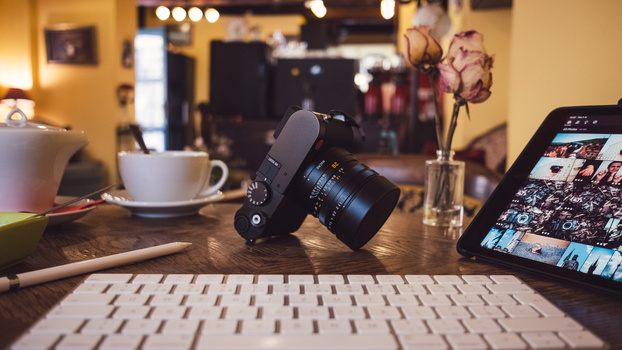
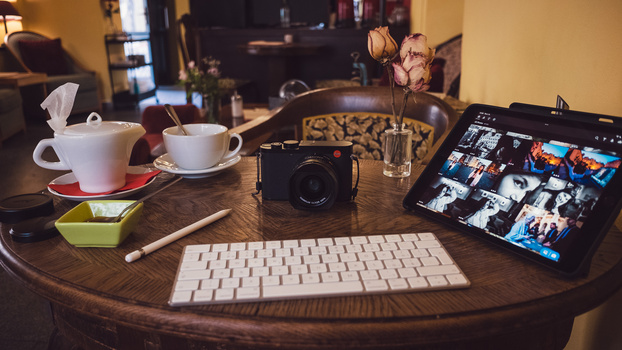
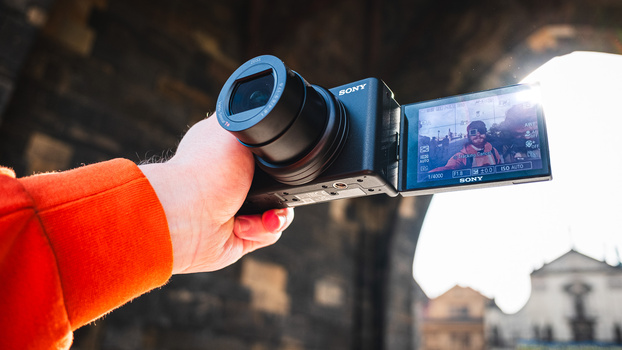
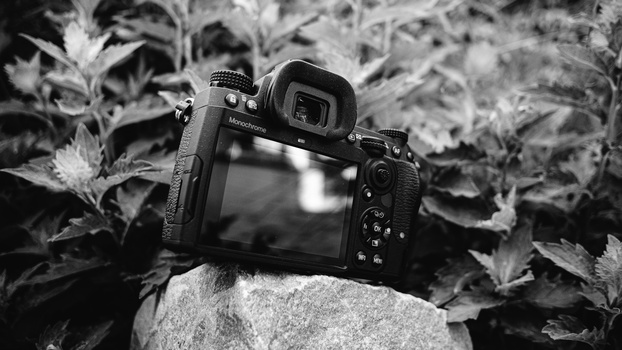

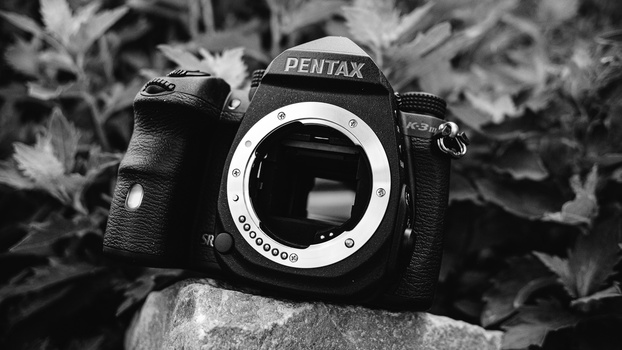


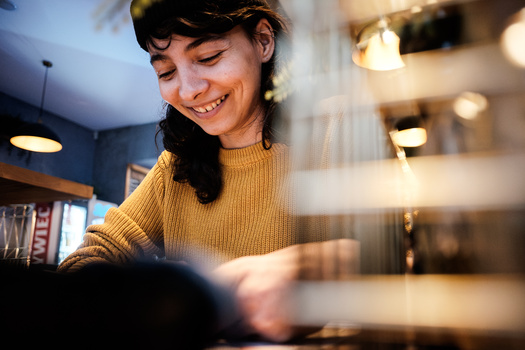
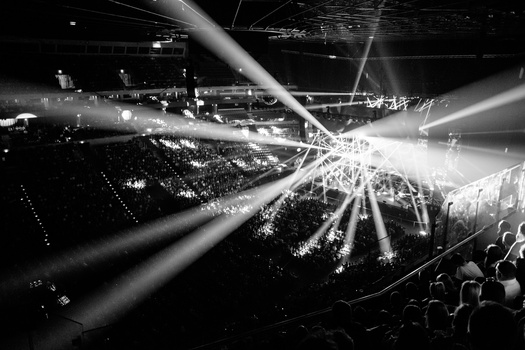
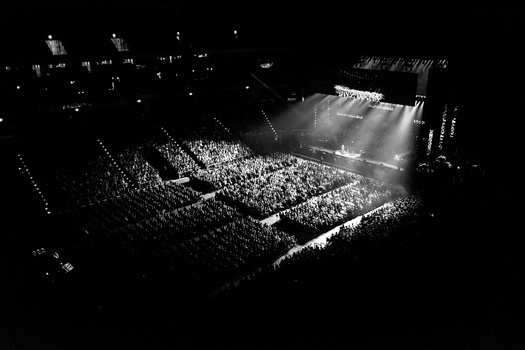
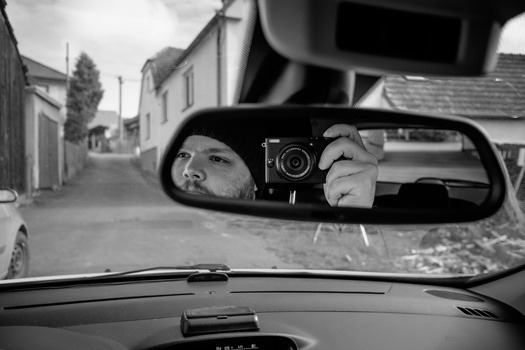
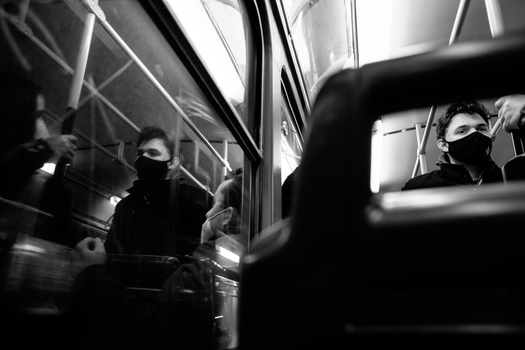
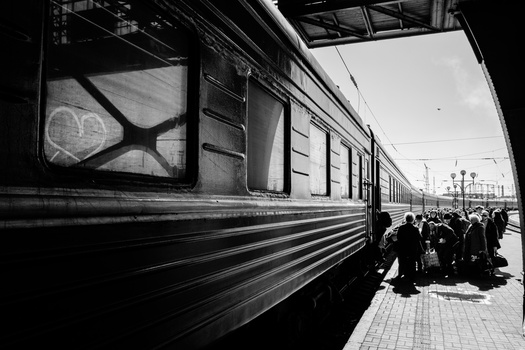
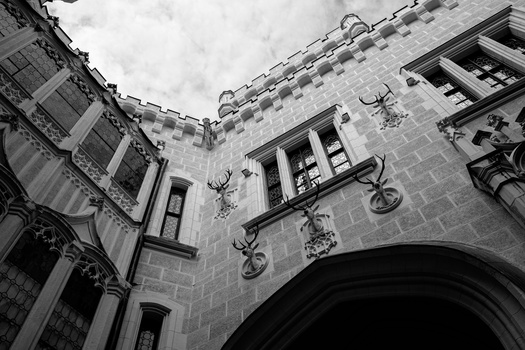
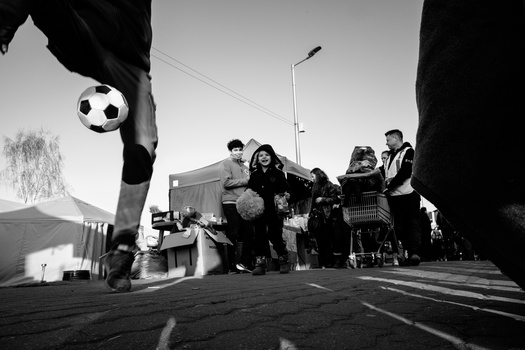

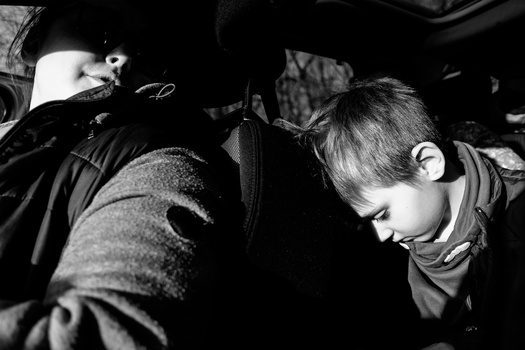









I'm one of those, who dream of a X80 with 40mpx and WR.
My X70 is my daily companion for some years now. If set it up so that the AF-L/AE-L button works as back-button focus when the camera is set to manual focus. That's helpful when the AF slows down in low light.
I also always have a filter (with filter adapter) screwed on to prevent that the focussing sucks in dust.
PS: There's another difference between the X70 and the GR worth mentioning.
The X70 can attach the wide angle converter that gives you 14mm instead of 18mm. That's great for architecture, e.g. inside churches.
I wouldn't even mind not having WR, but a better battery life and faster AF would be nice.
I am slightly baffled by the lack of Leica-X-U-like cameras. What'd be more useful than an aps-c of fullframe compact with a 28 or 35 fov and dependable weather sealing?
That's hardly a difference, X70 is a rip-off of the GR and the wide conventer is also a rip-off of the GR "system". ;)
I had a hard look at the GR when Ricoh introduced IBIS with the GR III. But not only would I miss the dedicated marked dials (especially the exposure compensation dial and the aperture ring), Ricoh should've given the GR III a flip screen.
So, for me, the "rip-off" is still better than the latest iteration of the GR, because the X70 makes me want to make images. :-)
(as always YMMV)
I agree with the controls. The GR III may be technically a better camera with more features but for me, the tactile controls and the screen of the X70 make it a much more enjoyable experience.
Analog viewfinder? I think you meant optical. And while I'm ranting film isn't analog. It is a chemical process which includes the chemical reaction due to light hitting the film and forming the latent image. :)
I meant analog as in something that's not digital or computerised ;)
:)
Please Fuji give us an x80. No EVF I can accept but sell a hotshoe one, there are times with the x70 when you are literally shooting blind and can't even review the results to check focus because of screen glare.
It's fun, but it's worth mentioning the negatives:
- buttons are tiny and spongy
- oh my god the menu system and no "my menu" to make life easier
- the record button is mappable but recessed and requires a finger aching 2 second hard press
- build quality not that great
- limited film Sims
- x-trans II film Sims do not look like the film Sims from other Fuji sensors, a bit too strong in the reds
- Raws not that flexible
I've had it twice and the x100v. All intended as a different option to the x-t3/5. The x70 is the one the truly delivers a different experience. It's fun, quirky (screen, function ring), compact. But in the end the menu system and fiddly nature generally of using it (I have smallish hands).
The first time I had it I paid just under €400, and sold on for about €350. The second time around - in 2022/3 I had to pay €500 to buy, and sold for €600+ including the WCL-X70, wide converter which unlike the x100 ones cost me €30! It's pretty bad though. Crazy prices for a 2016 camera.
And yeah, the battery is awful and there are no Fuji original batteries for it anymore.
X100vi > halfway between x70 and x100v. 18mm f2, smaller than the x100v...
Maaaaaaaaaaaaaaaaaaaaaaan this thing is still like $800 bucks used. Fun little camera though.
Yeah I was lucky and found a mint one for less than a £100. So I know I can turn a solid profit if I sell it but just can't bring myself to selling it.
Woooooooooooooooaahhh That's a steal! Nice find! This is how I feel about my XT-1 and XT-2 I could sell them to buy a GFX lens buuuut I really like those little cameras and I know I'd regret selling them like I regret selling my Mamiya 7ii :'( . That was one of the saddest days of my life and I still kick my self 8 years later for having to sell it lol.
Yeah. I still regret selling my Olympus XA2. But I don't miss the film prices 😀
Great photography, as always. I open your reviews first and foremost for those images.
I prefer the GR because it's not burdened by the x-trans folly :) , has probably better jpg engine, sharper lens (slightly and unimportantly) and it's a passion project of Ricoh, while X70 is just Fujifilm's side step; and GR has of course the super handy snap focus feature.
X70 controls are less frustrating (particularly with gloves), but the camera is not that pocketable; while the tilting screen is surely very useful. X70 has slightly better DR and high iso performance than GRII, the same generation and same 16mpx sensor camera. (It's not about x-trans, because 16mpx Sony Nex's sensor offers the same performance as X-Pro1, I used both back then.) Both produce great images.
For me, such compacts are very useful if flawed cameras. The main issue is the lack of even a dumb small offset optical viewfinder. Try using GR (or this copy) while skiing when the sun is out, or on a glacial tour... :(
Thank you very much! There's another review coming in a few days. This time an X-T5 ;)
I think it's fairly obvious I'm not a 200% zoom pixel peeper at all. The X70 output files are more than enough for my use. Even printed above A3 (297x420mm) the images look great to my eye.
The viewfinder can be fixed by attaching one to the hot shoe. Ricoh even makes one compatible with the X70 but at a steep price. I don't mind the lack of a viewfinder. I've got a different camera for that. But I guess with snow all around any built-in screen would be useless on a sunny day.
Frankly, we care too much about the gear, don't we? 12mpx original X100 is good enough for a National Geo spread, the 16mpx sensor used in X-Pro1, X70 or the Ricoh GR I and II (I believe it should be the same) is more than good enough for A3+ prints... I rarely print larger sizes. And better gear don't equate better images. (When I see your images, or say your compatriot Tomas Derner's etc., I see little reason to use fancier gear than an aps-c camera.)
Attaching a hot/cold shoe viewfinder kind of goes against the design philosophy of pocketable compact, as far as I am concerned. If I had a 28mm one, I'd still surely use it, because I like them a lot - for my 21mm lens. But anyway, the point of a GR or X70 is to have a superbly competent pocketable camera which you can have with you all the time. In my case on a ferrata, inside a top tube bag on a bike trip, messing around with my kids etc.
It should be easy to control, not too clumsy, simple and ready to use; dependable. Turning on instantly, pleasant to hold in hand and use - by one hand (!), reasonably fast focusing, it should have USB charging, preferably no video functionality and no shutter lag. :)
oooh what is this "Snap focus" of which you speak friend?
Instead of half-pressing the shutter button to focus and then fully pressing to shoot after it's focused you fully press the button immediately. The camera focuses on your predetermined distance like for example 1.5 or 2 meters, closes the aperture to f/16, and snaps the picture immediately with no delay.
No need to wait for a focus confirmation. Just an instant shot with a wide depth of field with most of the composition in focus. Perfect for fast-paced well-lit environments like city streets.
Woah! That's freaking awesome! That is incredibly handy. I wish my fuji cameras had that. I wonder how hard it would be for Fuji to update their cameras to have that. Or maybe it's patented?
Myself, I’m using a Nikon Coolpix A which may seem dated, but deliveres absolutely stunning pictures at 1/5th of the cost. It seems forgotten by many as not being a fashion statement as fuji and ricoh cameras nowadays, definetely comparable!
I don't blame you. Some of the Coolpix A or P series were pretty damn good for their time.
I would expect the image quality to be comparable. The Coolpix A is just one year older than my Fuji X70. My biggest gripe would probably be the missing flip-screen. I love that at my X70.
.
PS: I just tried to look up prices for a used Coolpix A but couldn't find a single one on offer.
Have you shot with the GR? The review is a bit unclear.
Thanks.
I have. With the II, III, and the IIIx.
I noticed that you don’t mention much that the Fuji when compared to the GR IIIx is 30% heavier and larger and only has 2/3 of the resolution of the GR IIIx.
Well, the resolution is not a massive deal for me especially considering the prints I get from the X70 are beautiful even when printed above 40 centimeters wide.
I did mention it is roughly a centimeter thicker than the GR due to the lens not being retractable. And to be fair, is a 90-gram difference something to spend much time over?
But I overall tried not to compare the two too much as they're both unique each in their own way.
I think you only scratched the surface with the cons:
The screen is useless in bright sunlight. For a easy to carry camera that cries out for summer usage, criminal.
Build quality is a far cry from anything Fuji of the last 5 years. Wobbly dials, squidgy buttons, easy to scratch.
Menu system is abysmal, and no "my menu" means you can't even compensate for it with a curated menu.
Flash isn't great.
The colours can be way over saturated. The provia and velvia are not at all like that provia and velvia of other more modern Fuji cameras and the RAW files aren't nice to work with.
No Acros or other more modern film Sims.
Optical viewfinder option is ridiculously expensive for what it is...if you can find one. The WCL-x70 only produces mediocre images.
The buttons are too squidgy, too recessed, too small. The rear scroll wheel doesn't scroll, it's more of a jog wheel and is not fun to use. The video button can serve as a function button, but it's in an awkward place and still requires a long awkward press to access the function since mapped to it.
An x80 would be interesting because of the size and focal length, but the camera would require a complete overhaul. I've bought and sold this camera twice already - it's just so frustrating to use.